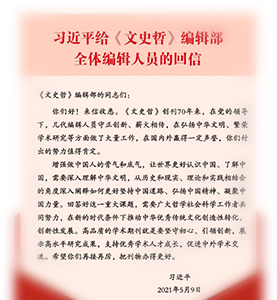华北中华基督教团研究
胡卫清
摘要:1941年底太平洋战争爆发,沦陷区中国基督教会的生存开始面临严峻挑战。1942年成立的华北中华基督教团是整个华北沦陷区教会的最高领导机构。从该教团的成立和运作看,日本方面实行的是一种殖民地常见的政治模式即代理人机制。在政治层面,日方通过伪华北政务委员内务总署和各地伪政权来监管和整顿基督教,在教务层面则通过日籍特约委员和本土教会领袖来直接控制教团及分支机构。日方对华北基督教会的目标是配合其思想战,施加强有力的控制,这种控制相当直接和粗暴。不过为达目标,日方建立的话语体系却相当技巧和精致,强调摆脱所谓英美的文化奴役,主张教会“自立”是其中心内容。教会人士在这种情况下只能迎合日方说法,在日方的话语体系和教会传统的理念符号之间建立连接,以减轻理念与现实的张力。
A Study of the Chinese Christian Mission of North China
Hu Weiqing
As the Pacific War broke out at the year-end 1941, the existence of China Christian Church in the Japanese-occupied areas started to face severe challenges. Established in 1942, the Chinese Christian Mission of North China was the highest leading body of Christian churches in the Japanese-occupied area of North China. Viewing from its establishment and operation, Japan implemented the agent mechanism, a political model common in colonies. Politically, Japan supervised and consolidated Christianity through the puppet Government Affairs Committee of North China and regional governments; and on the administration, Japan directly controlled the churches and branches through Japanese special committeemen and indigenous church leaders. The goal set for the Chinese Christian Mission of North China was to cooperate Japan’s war of idea, and exert strong control, which was quite direct and rough. But in order to reach the goal, the discourse system built by Japan was fairly skilful and exquisite, which emphasized the “independence” of the church, and escaping from the so-called “cultural bondage” of America and Britain. In such cases, the churches had to carter to the Japanese statements, and make connections between the Japanese discourse and the idea of church traditions, to release the tension between idea and reality.


